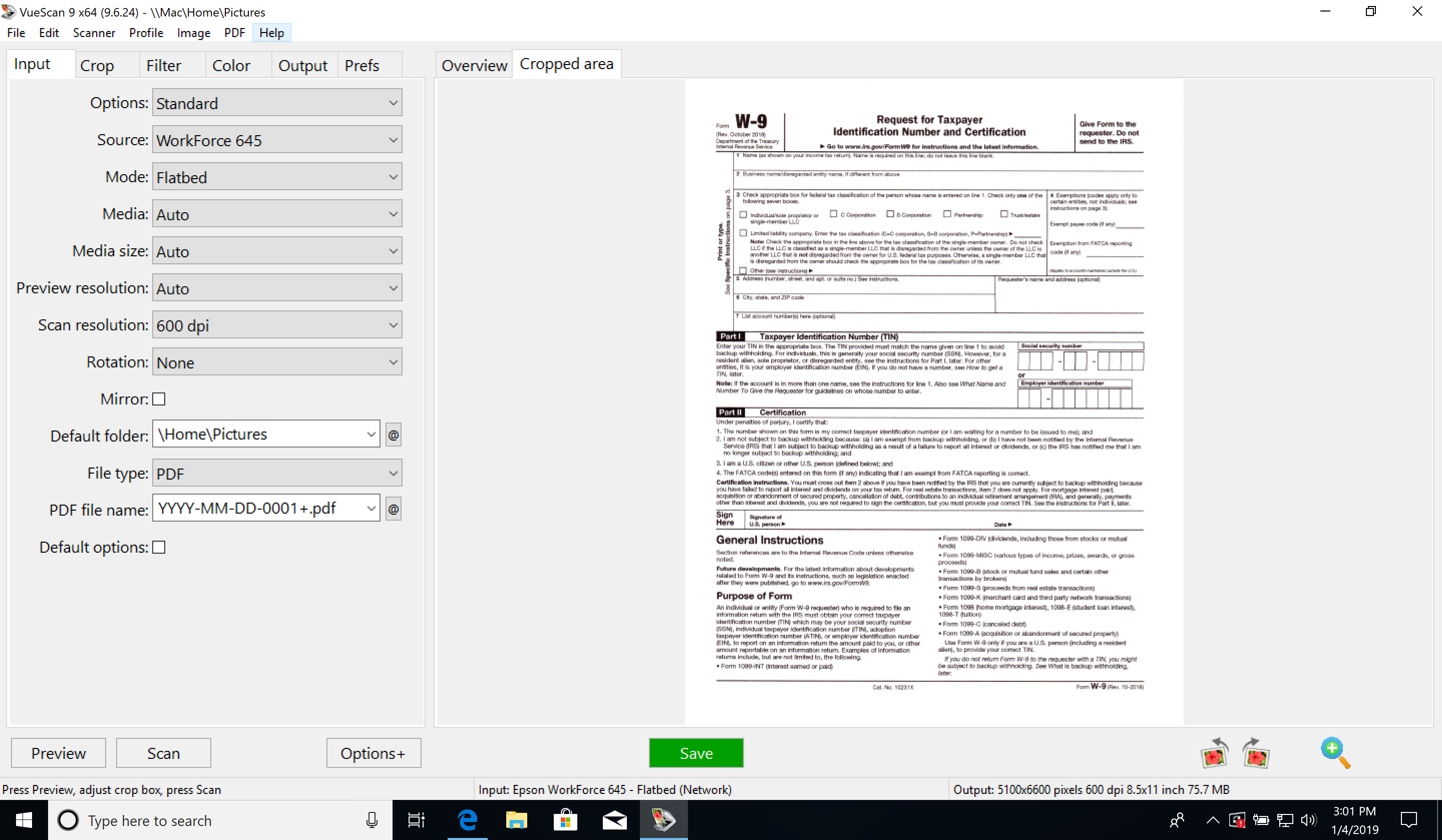

Plus, with me, I'm shooting mostly larger format Medium Format film.like the 6x17 stuff, where I'd have to stitch the images together, which in my head, kinda negates shooting panoramic images in camera with no stitching in the first place. I know there's no real GOOD reason that I've found yet to date, against using a digital camera to digitize your film into the computer, but man.that just seems WRONG somehow.hahaha. (Sorry output size is about 1m x 1m dpi).
#Vuescan multipass simulator
Or you could just shoot digital and run the raws through a good film simulator like RNI. It sounds crazy but it's quite feasible to post your negs to him and get the digital files via we transfer, and then your negs back in the post later. Your V700 won't do a good medium format film justice if you are going to be looking at it critically, it's going to be (relatively) soft. For any special negatives / transparencies you may want to print big it's worth getting them scanned in this way, as it is, IMO, still the ultimate way to digitise your film.

This would give you an output size of about 1.4m 300dpi. He takes orders from all over the world, and a 5000 dpi scan of 6圆 is £14.
#Vuescan multipass professional
Mr Drum Scanner is Tim Parkin of Optimum Exposure / Professional Drum Scanning. Then there's the fact that the scanning process takes a lot of setting up they are wet scans and it's messy. You'd be looking at an old one that would require some refurbishment. I think there is only one company that makes them now, that's Aztec, and they are rather expensive I will have to test that again.I'd say no they're not. And the earlier examples of multi-pass didn't indicate a reduction in sharpness, either. The SA-21 should not have allowed the film to move so that shouldn't be the reason. The 8 pass version looks much less sharp, which is confusing.

Additional highlight detail is negligible at best.

#Vuescan multipass software
It seems to me that adding the long exposure pass made the grain a bit software and smoother in the highlights. So this is a single pass, WITHOUT a long exposure pass. None of these images have any grain reduction turned on.ġ pass only. Now, I'm scanning negatives so I am going to compare any changes in the highlights (so, again, dealing with highest density). This is often cited as a useful tool with slides, for punching through the shadows. My final test was for the long exposure pass. I think I might be able to get closer if I used multiple sharpneing techniques - wide edge then narrow edge, for instance - but that's a lot more effort than simply turning off grain reduction in the first place. I did not use the output sharpener at all.ġ pass, no grain reduction, PK sharpener (this is invariably going to be even sharper than the other scans, but still useful as a reference)ġ pass, light grain reduction, PK sharpenerġ pass, medium grain reduction, PK sharpenerĪs you can see, while PKS has done a nice job, it still isn't the same as without grain reduction at all. I used Photokit Sharpener for this, applying the Narrow Edge capture sharpening. So, just for the heck of it, I thought I'd try a state-of-the-art automated "smart" sharpening tool against grain-reduced scans to see if I could bring them up to the straight scan, without grain reduction. Next up: impacts of sharpening on the usefulness of grain reduction I think I'd rather change my developer to reduce grain than use the software solution. My opinion is that the grain reduction doesn't do all that much for the grain, but it impacts sharpness quite a bit. I did not upload examples with multipass because they exhibited roughly the same changes. This post deals with just the unsharpened scans. Ideally, I should then do similar tests with a lot of other combinations, but that would take too long. Please note my choice of a very, very grainy film. I wanted to see whether this helped much and how much it impacted sharpness. Several folks have indicated that they combat the grain-enhancing qualities of the highly collimated light in dedicated film scanners by using grain reduction in the software. My next test was re: grain reduction settings in Vuescan.


 0 kommentar(er)
0 kommentar(er)
